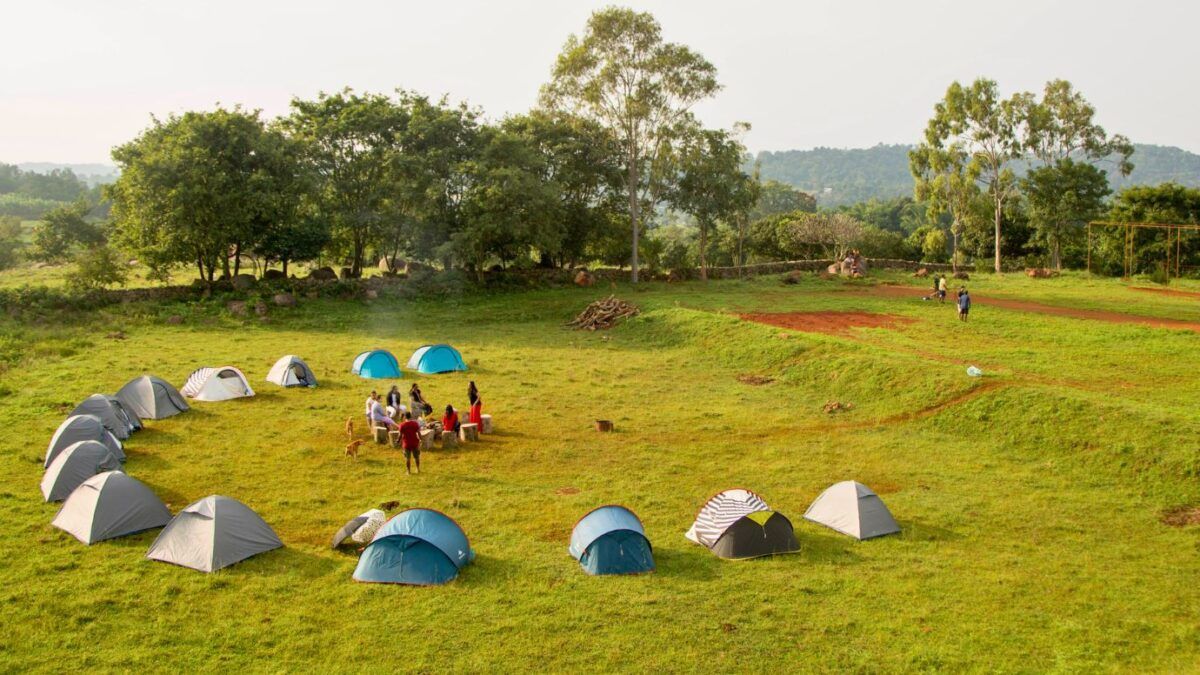Setting up the perfect campsite goes beyond just pitching a tent. It’s about creating a space that blends comfort, convenience, and security in harmony with nature. Whether you’re a seasoned camper or new to outdoor adventures, following a thoughtful approach can make your time in the wilderness far more enjoyable and worry-free.
Step 1: Choose the Right Location
The first step is selecting a suitable site. Look for a flat, dry area ideally with some natural shade and wind protection. Avoid low spots where water could collect if it rains, and steer clear of cliff edges, animal trails, and insect-prone zones near still water.
- Tip: Try to arrive with plenty of daylight left to scope out options and set up before dark.
Step 2: Establish Your Tent Site
Once you’ve chosen your spot:
- Clear the ground of sharp objects like rocks and sticks.
- Lay down a footprint or tarp under your tent to prevent moisture from seeping in.
- Pitch your tent with the entrance facing away from the prevailing wind.
- Use all stakes and guylines to ensure stability, especially in unpredictable weather.
Proper tent setup is the foundation of campsite comfort and safety.
Step 3: Create a Safe Cooking Area
Keep your cooking area at least 60 feet from your sleeping zone. Use a flat, clear area to set up your camp stove or fire pit.
- Store food in airtight containers or hang it in a bear bag if in bear country.
- Never cook inside your tent or too close to it—carbon monoxide and fire hazards are real.
- Bring biodegradable soap and a water jug to wash dishes at least 200 feet from any natural water source.
Step 4: Design Your Chill Zone
Relaxation is part of the camping experience. Set up a cozy hangout area with:
- Camp chairs or a hammock
- A portable table for meals and games
- A tarp overhead if rain is expected
- Soft lighting like battery-powered lanterns or string lights
This dedicated comfort zone allows you to enjoy the outdoors while resting and socializing.
Step 5: Practice Safe Campfire Management
If your site permits campfires:
- Use established fire rings or pits
- Keep a bucket of water and a shovel nearby at all times
- Never leave a fire unattended and fully extinguish it before sleeping or leaving
- Gather only dead and downed wood, and avoid cutting live branches
Campfires are a timeless camping pleasure, but only when handled responsibly.
Step 6: Set Up Personal Hygiene Solutions
Plan for personal needs by:
- Bringing a portable camp toilet or digging a cathole 6–8 inches deep and 200 feet from water sources
- Using unscented, biodegradable products
- Setting up a hygiene area for brushing teeth and washing hands
Maintaining cleanliness prevents illness and ensures minimal impact on the environment.
Step 7: Embrace the Atmosphere
Once your site is set up, take the time to fully enjoy your surroundings. Read, nap, watch wildlife, or stargaze. Some locations, like Au Diable Vert, offer stunning mountain vistas and serene settings that naturally enhance the camping experience and invite deep relaxation.
Step 8: Leave No Trace
Before you pack up, do a thorough sweep of your site:
- Pack out all trash
- Dismantle makeshift structures
- Scatter unused firewood
- Restore the area to its natural state
Respect for nature ensures these spaces remain beautiful for future campers.
Conclusion
Creating the perfect campsite isn’t about having the fanciest gear—it’s about thoughtful planning and respecting nature. By focusing on comfort, safety, and low impact, you’ll transform a simple campsite into a relaxing, secure base for your outdoor adventures. With the right approach, every camping trip can be a memorable, rejuvenating escape.
Related posts
Categories
Recent Posts
Advertisement


